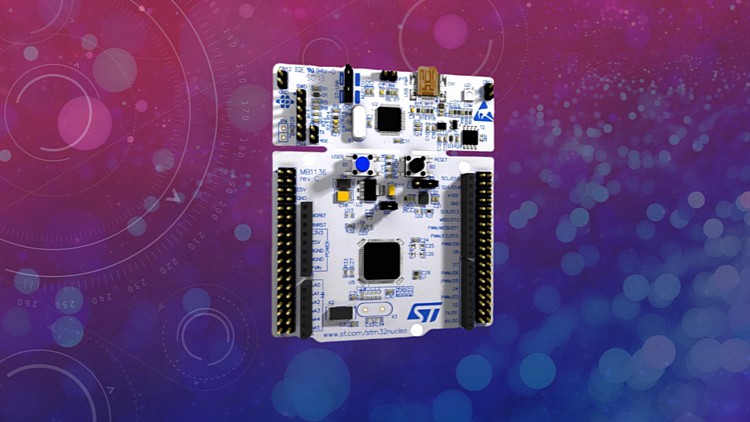در حال حاضر محصولی در سبد خرید شما وجود ندارد.

(MCU1) Learn bare metal driver development using Embedded C: Writing drivers for STM32 GPIO,I2C,SPI,USART from scratch
در این روش نیاز به افزودن محصول به سبد خرید و تکمیل اطلاعات نیست و شما پس از وارد کردن ایمیل خود و طی کردن مراحل پرداخت لینک های دریافت محصولات را در ایمیل خود دریافت خواهید کرد.

✨ تا ۷۰% تخفیف با شارژ کیف پول 🎁
مشاهده پلن ها